Neon futures, human stories—12 essential journeys through corporate empires, hacked bodies, and cities that never sleep.
Cyberpunk isn’t just neon and rain; it’s about people improvising under systems designed to exploit them. That’s why the best cyberpunk games in 2025 span styles and budgets—from narrative adventures that pry into your conscience, to ruthless action ballets, to sprawling RPGs where choices ripple for hours. This list cherry‑picks 12 standouts that feel cyberpunk: technology as leverage, power as pressure, communities as resistance, and identity as something you’re forced to negotiate. We included modern classics, sharp indies, a respectful restoration, and one brand‑new sequel that’s set to carry the torch. Whether you want to ghost across rooftops, decode conspiracies from behind a bar, or just be a very determined cat, there’s something worth jacking into here. Grab a synth‑coffee, dim the lights, and pick your poison.
12) Blade Runner: Enhanced Edition (2022)
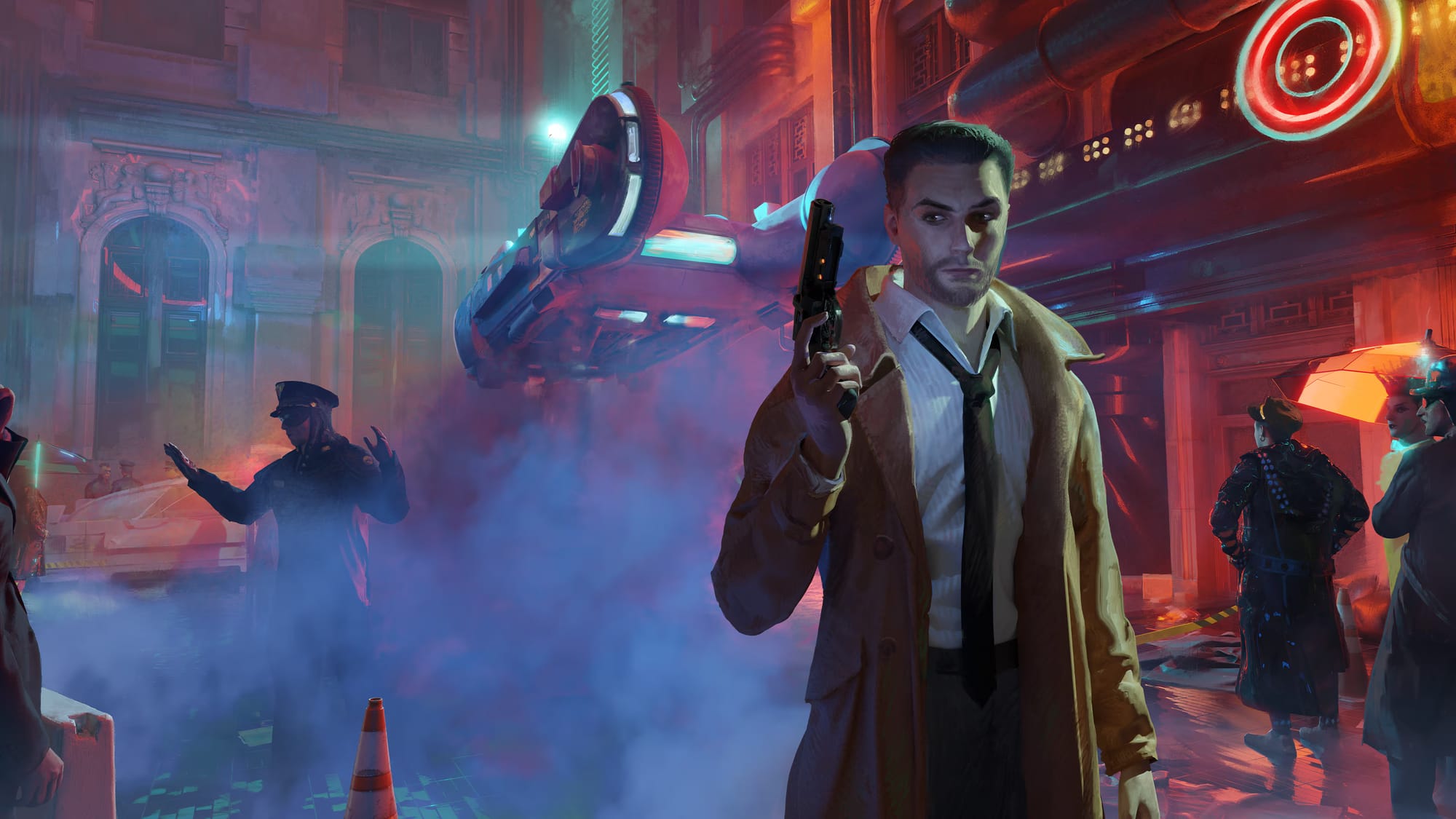
Nightdive’s restoration of Westwood’s 1997 point‑and‑click classic is less a remaster than a rescue mission. Blade Runner: Enhanced Edition preserves the original’s branching investigation, randomized clue seeds, and smoky mood while making it playable on modern machines. You’re rookie blade runner Ray McCoy, stalking suspects through rain‑lashed alleys, neon bazaars, and cramped noir apartments as the story brushes the film’s events. Evidence gathering, Voight‑Kampff interrogations, and pixel‑hunting are still here, yet cleaned‑up assets, modern controls, and optional hints reduce the old‑school friction. Crucially, choices ripple: a suspect might escape, die, or turn ally depending on your timing, detective work, and temperament. The tone remains unmistakably cyberpunk—corporate cruelty, identity as commodity, empathy as risk—delivered with era‑appropriate grit rather than modern gloss. If you’ve never played the 1997 version, this is the most approachable way in; if you have, it’s a respectful window back onto a singular experiment. Best played with lights low, volume up, and a willingness to second‑guess every conclusion.
11) Gunpoint (2013)
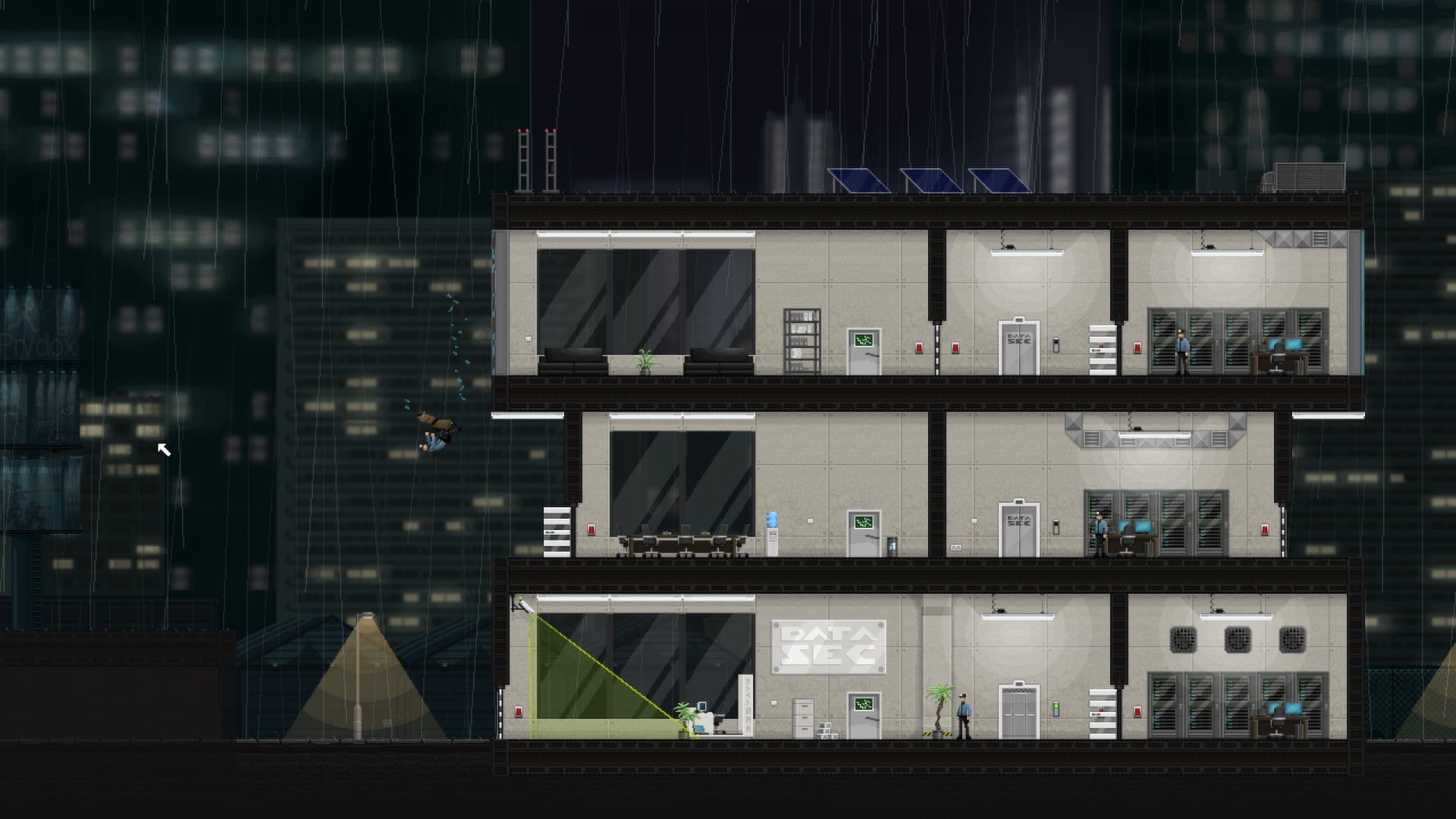
Gunpoint is a gloriously compact stealth‑puzzler about breaking into high‑security offices with style and very springy trousers. As freelance spy Richard Conway, you rewire buildings with the Crosslink tool, rerouting switches, alarms, and door locks so guards unwittingly choreograph your escape. Each level is a small heist sandbox with multiple solutions: ghost through vents, cause slapstick chaos, or vault‑kick a guard through a window and dive after him. The writing crackles with deadpan noir one‑liners and messy professional relationships, framing missions that double as punchlines. Controls are elegant, failure is hilarious, and restarts are instant, encouraging experimentation rather than frustration. Optional challenges nudge mastery—no alarms, no violence, no witnesses—without punishing creativity. It’s short, replayable, and refreshingly honest about cause and effect: you built the trap, so you live with it. For anyone who loves systems that click together like circuitry, Gunpoint delivers a heady jolt of ingenuity in under an evening, then begs a second run. Again.
10) The Red Strings Club (2018)
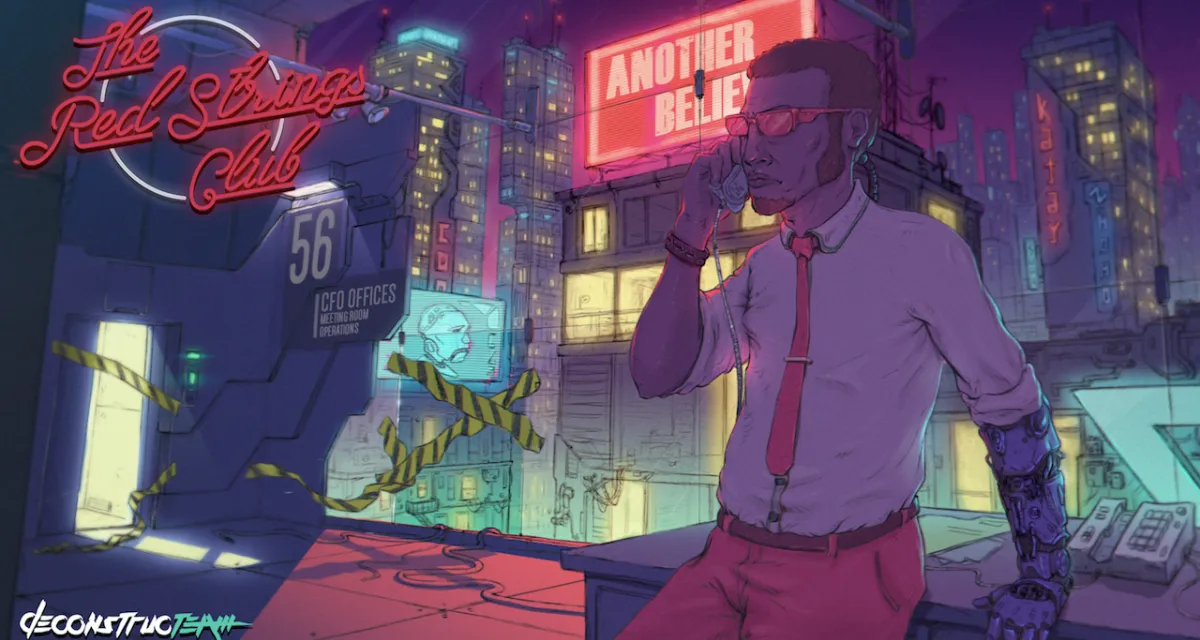
The Red Strings Club spins a heady cocktail of philosophy, empathy, and corporate espionage. By day, you sculpt mood‑altering implants, literally carving ethics into ceramic. By night, you tend a hidden bar, mixing drinks to nudge patrons into confessions that expose the Social Psyche Welfare program’s promise—and menace. Between shifts, tactile minigames—pottery, bartending, social engineering—feed an engrossing narrative that interrogates consent, transhumanism, and the commodification of emotion. Deconstructeam keeps choices messy and human; you’re rarely certain whether you’re saving people or violating them beautifully. Dialogue is sharp without cruelty, inclusive without sermon, and frequently funny. It’s a small game that leaves big aftershocks, the kind you unpack with friends for days. Most importantly, The Red Strings Club understands cyberpunk’s heart: technology isn’t neutral, and intimacy can be revolutionary. Pour this one neat, sip slowly, and accept that the line between doing good and feeling good is sometimes only a thin, shimmering surface tension. Its ghosts linger long after closing time.
9) The Ascent (2021)
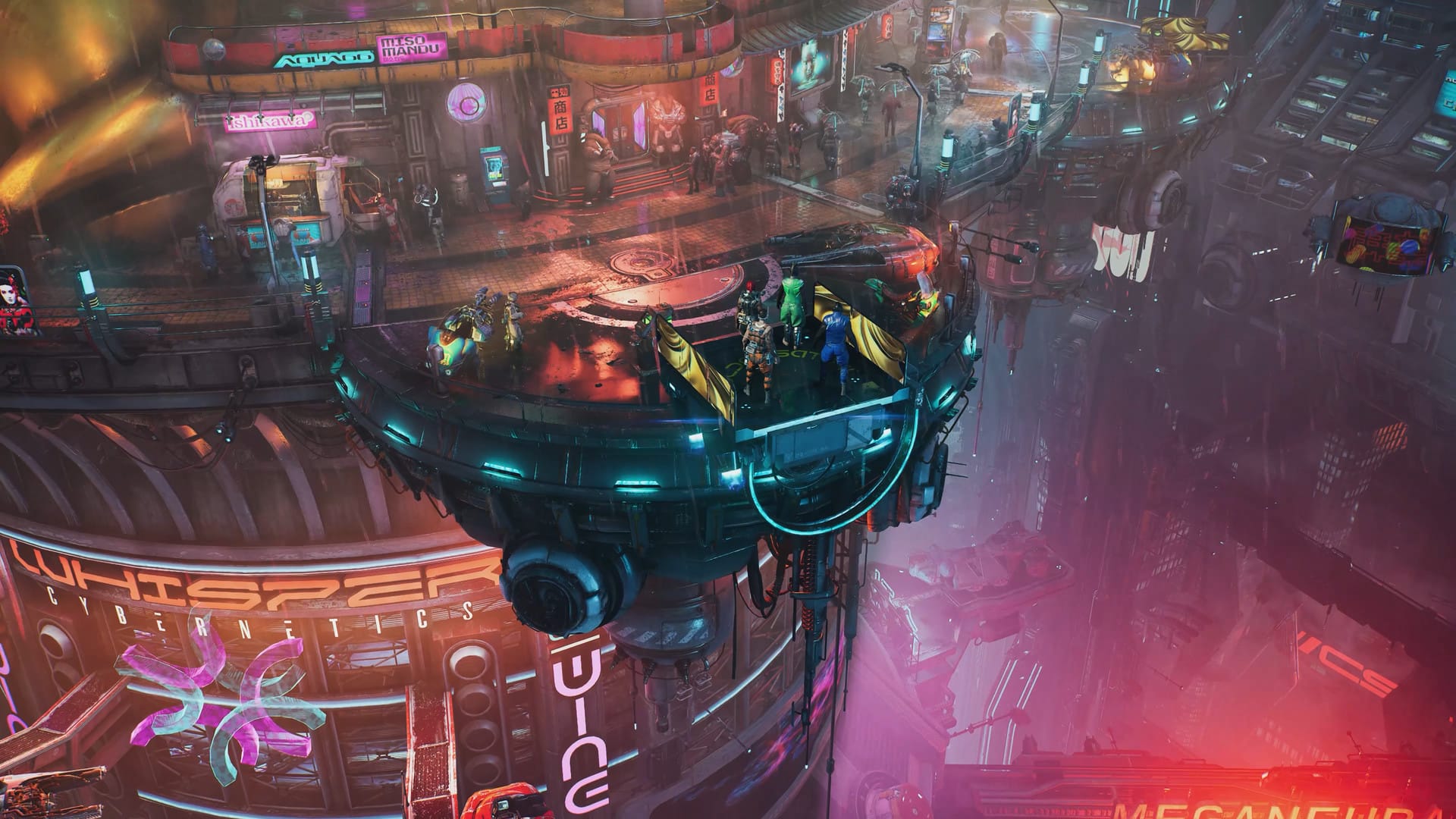
The Ascent is a grime‑slick isometric action‑RPG that drops you into a corporate arcology on the brink of collapse. Its hook is density: streets stacked atop factories stacked atop markets, all buzzing with NPC chatter, side hustles, and gunfire. You’ll duck behind cover, pop augments, and juggle weapons in twin‑stick shootouts that feel weighty and spectacular. Progression is flexible—slot cybernetics, specialize in crowd control or single‑target melts, and respec to fit co‑op roles. The centerpiece, though, is place: Veles feels hand‑assembled, with neon signs reflecting off rain‑soaked steel and back‑alleys spilling into humming bazaars. Side quests snowball into political entanglements, and boss arenas are messy, vertical deathtraps. It’s as comfortable solo as in couch or online co‑op, where roles naturally emerge from build choices. If you crave a lootable, shootable night out in a megacity that never sleeps, The Ascent delivers a loud, scuffed, satisfying climb toward temporary relevance. Bring friends and watch the city light up together, gloriously, loudly.
8) Ruiner (2017)
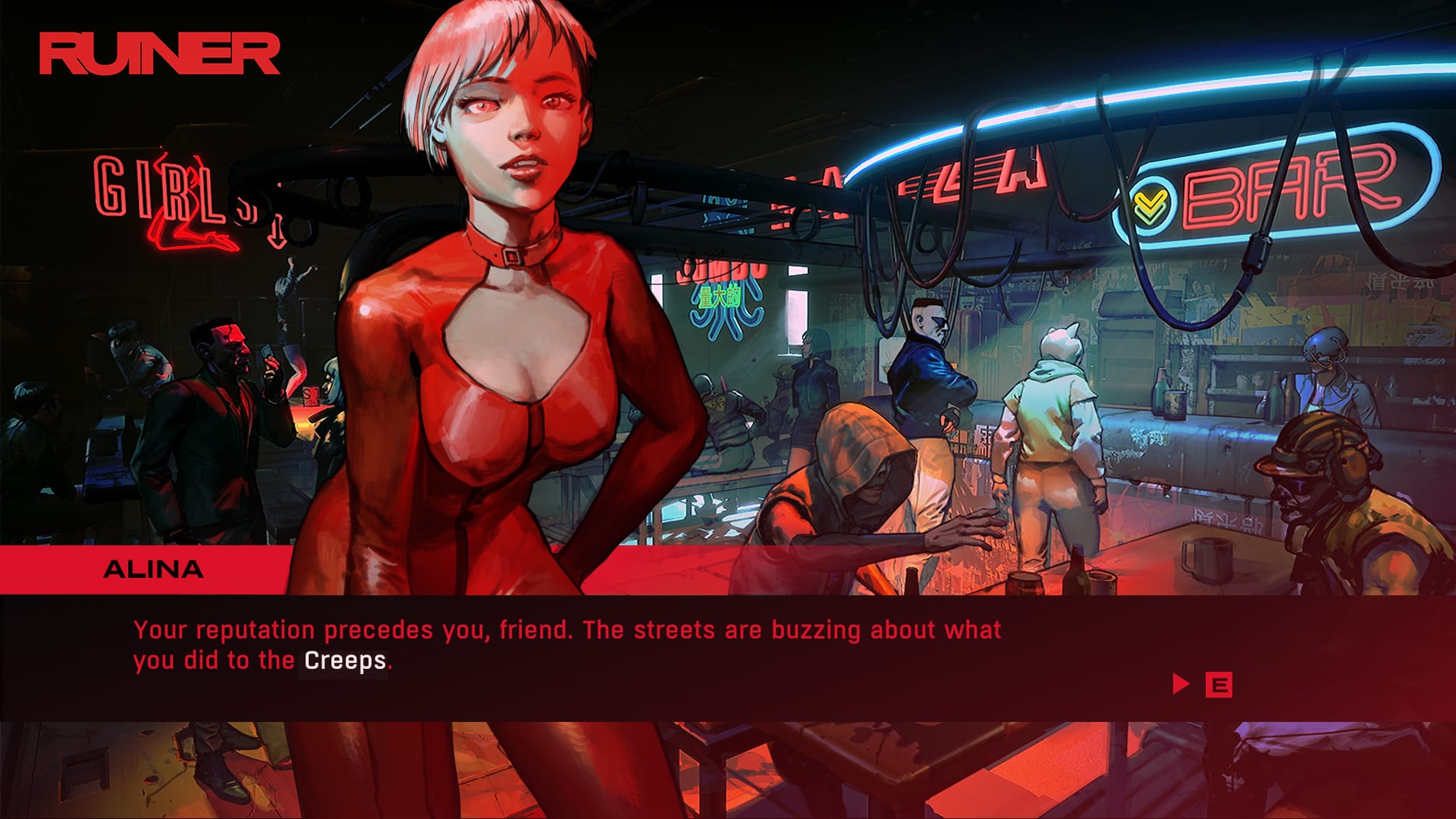
Ruiner is a ruthless top‑down action game where split‑second aggression meets surgical precision. Masked, mute, and manipulated, you carve through the city of Rengkok to rescue your brother, chaining dashes, parries, and gadget bursts against crowds that punish hesitation. Every encounter is a kinetic puzzle: deploy shields, stun drones, and cybernetic hacks to create windows for brutal executions. It’s stylish without being hollow; the interface slices across the screen like a warning siren, while a pounding synth soundtrack drives your spree. Boss fights are readable yet relentless, asking you to learn patterns, swap loadouts, and commit. Moment‑to‑moment, the game nails that cyberpunk sensation of being overclocked and overmatched, surviving by audacity and grit. The story is lean and mean, sketching a world of corporate sadists, sleazy fixers, and desperate strivers in vivid strokes. When you finally tear through the last arena, the aftermath lingers like an afterimage on your retinas. You’ll want another run to perfect every messy encounter. Soon.
7) Observer: System Redux (2020)
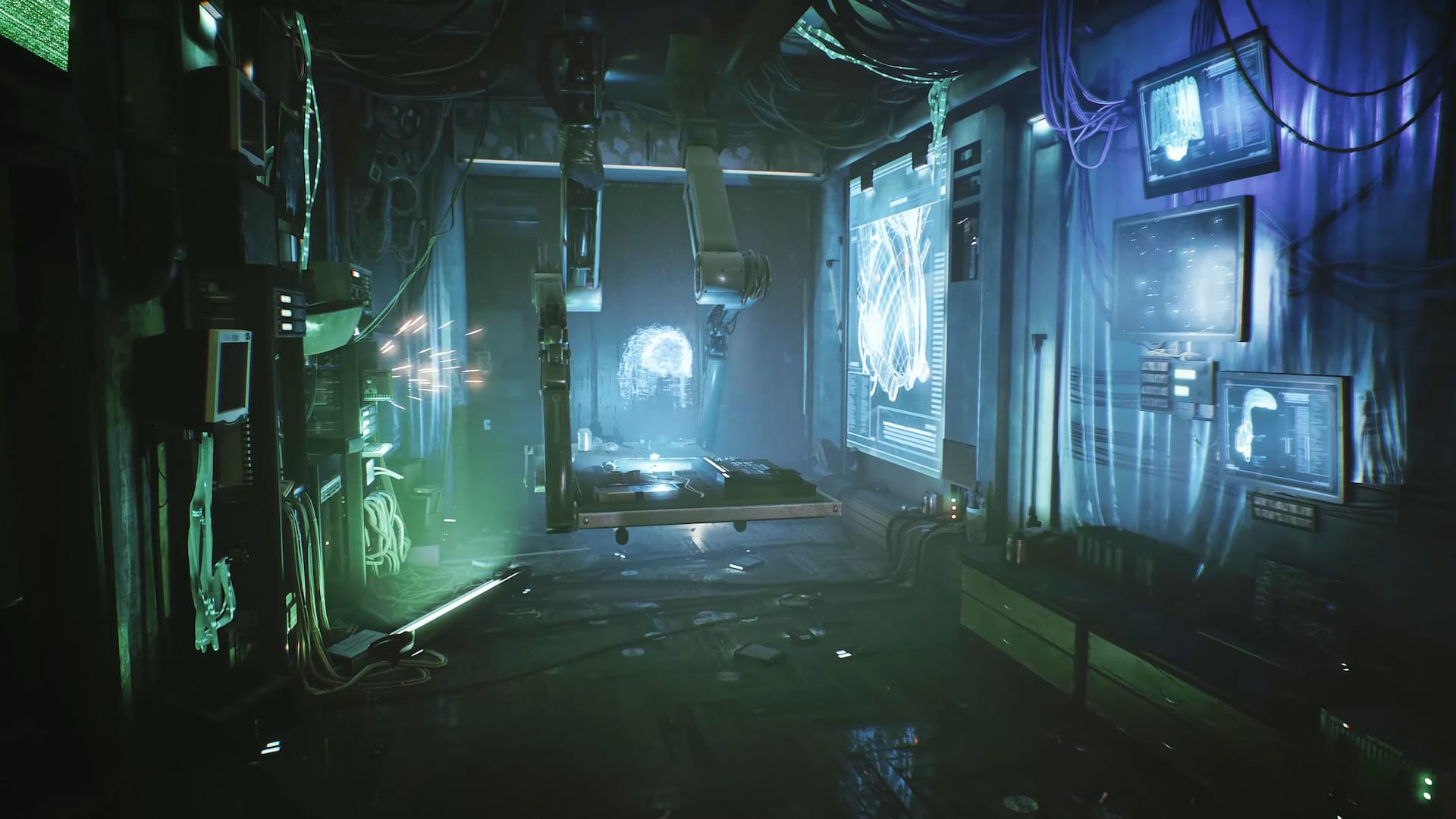
Set in a rain‑soaked Kraków crushed by corporate‑state collapse, Observer: System Redux is cyberpunk by way of fever dream. You play Daniel Lazarski—voiced by the late Rutger Hauer—a neural detective who dives into suspects’ memories using a device that smears evidence, trauma, and hallucination into one surreal stream. The Redux edition modernizes visuals, expands cases, and smooths stealth segments without sacrificing the knotty unease that made the original unforgettable. Exploration is intimate: cramped apartments packed with lived‑in clutter tell stories before anyone speaks. Dream‑dives, meanwhile, spiral into glitch operas of guilt and dread, where rules bend and meaning shards like glass. It’s less a horror game than an anxiety engine about surveillance, identity, and grief. You don’t fix this world; you read it, then decide what compromises you can stomach. Headphones recommended, lights dimmed, patience ready—System Redux is a slow, stylish unraveling that rewards curiosity as much as courage. And the final choice will echo longer than you expect. Truly.
6) Stray (2022)
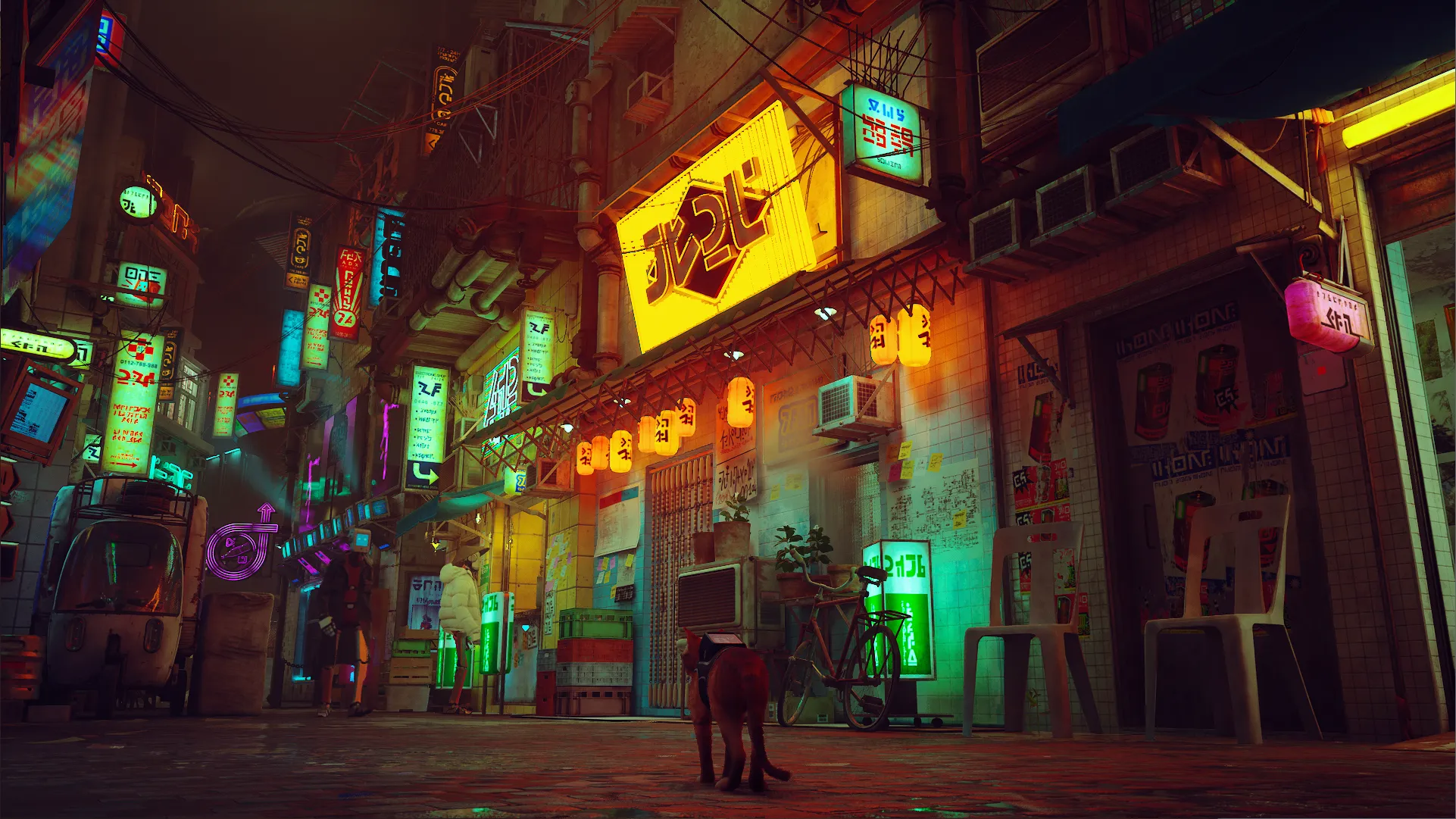
Stray embraces a simple, irresistible fantasy: explore a neon city as a small, curious cat. BlueTwelve’s third‑person adventure trades gunplay for tactile interactions—threading alleys, knocking objects off ledges, meowing at robots, and coaxing the timid out of hiding. Platforming and stealth are approachable, puzzles are clever but readable, and the pacing flows like a nocturnal stroll. What elevates it is tone: the city’s Companion robots are melancholy and kind, graffiti whispers of rebellion, and sunlight becomes a memory you want to protect. With no filler, the journey feels crisp, letting art direction and sound do heavy lifting. The result is cyberpunk without the usual cynicism: tenderness in a rusted can, hope peeking under a flickering sign. It’s a perfect palate cleanser between heavier games, but still meaningful enough to linger. If you’ve ever looked at a fire escape and thought “I could jump that,” Stray is your night out. Photo mode is catnip; you’ll stop constantly to admire vistas. Everywhere.
5) Signalis (2022)
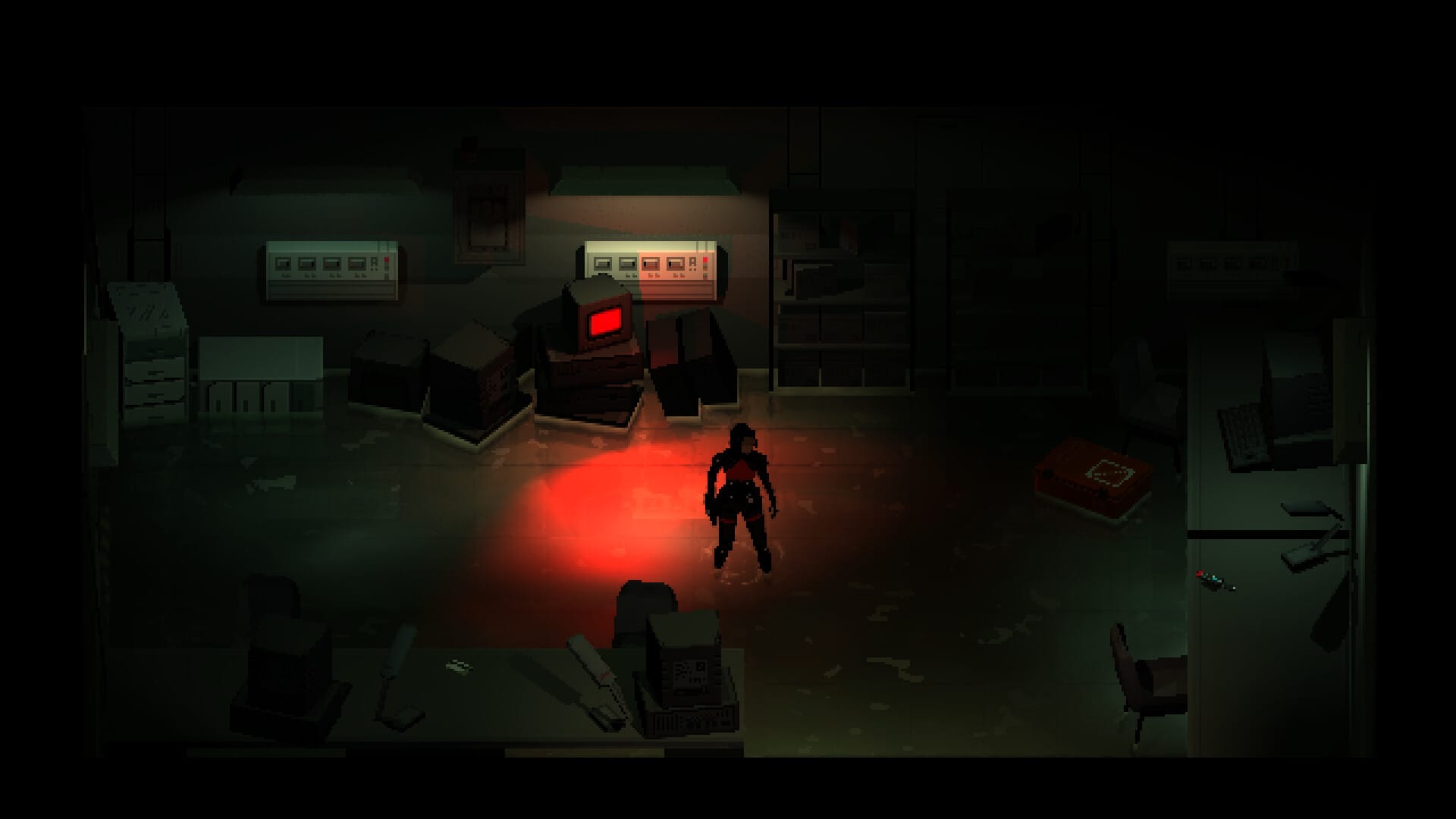
Signalis fuses classic survival‑horror grammar with austere, retro‑future melancholy. As Elster, a Replika searching for a lost partner, you navigate tight corridors, manage scarce ammo, and decode radio‑frequency puzzles that feel unearthed from a haunted server. Fixed‑camera framing and low‑poly textures evoke PS1 horror, yet the storytelling is modern: elliptical, layered, and full of symbolic bleed between memory and machine. Combat is deliberate—stagger enemies, finish with precision, retreat when overwhelmed—mirroring themes of duty, dependence, and decay. Inventory limits force commitment; even saving can become strategy. What lingers is the tone: a chilly tenderness that trusts you to connect fragments without exposition or hand‑holding. It’s patient, exacting, and devastating in quiet ways. If you want cyberpunk stripped to bone and ritual, where hardware feels haunted and feelings feel encrypted, Signalis is a signal you’ll keep tuning until it fades. The soundtrack hums like failing machinery, and the UI frames every choice with clinical dread. It’s unforgettable, even when details blur later.
4) Ghostrunner 2 (2023)
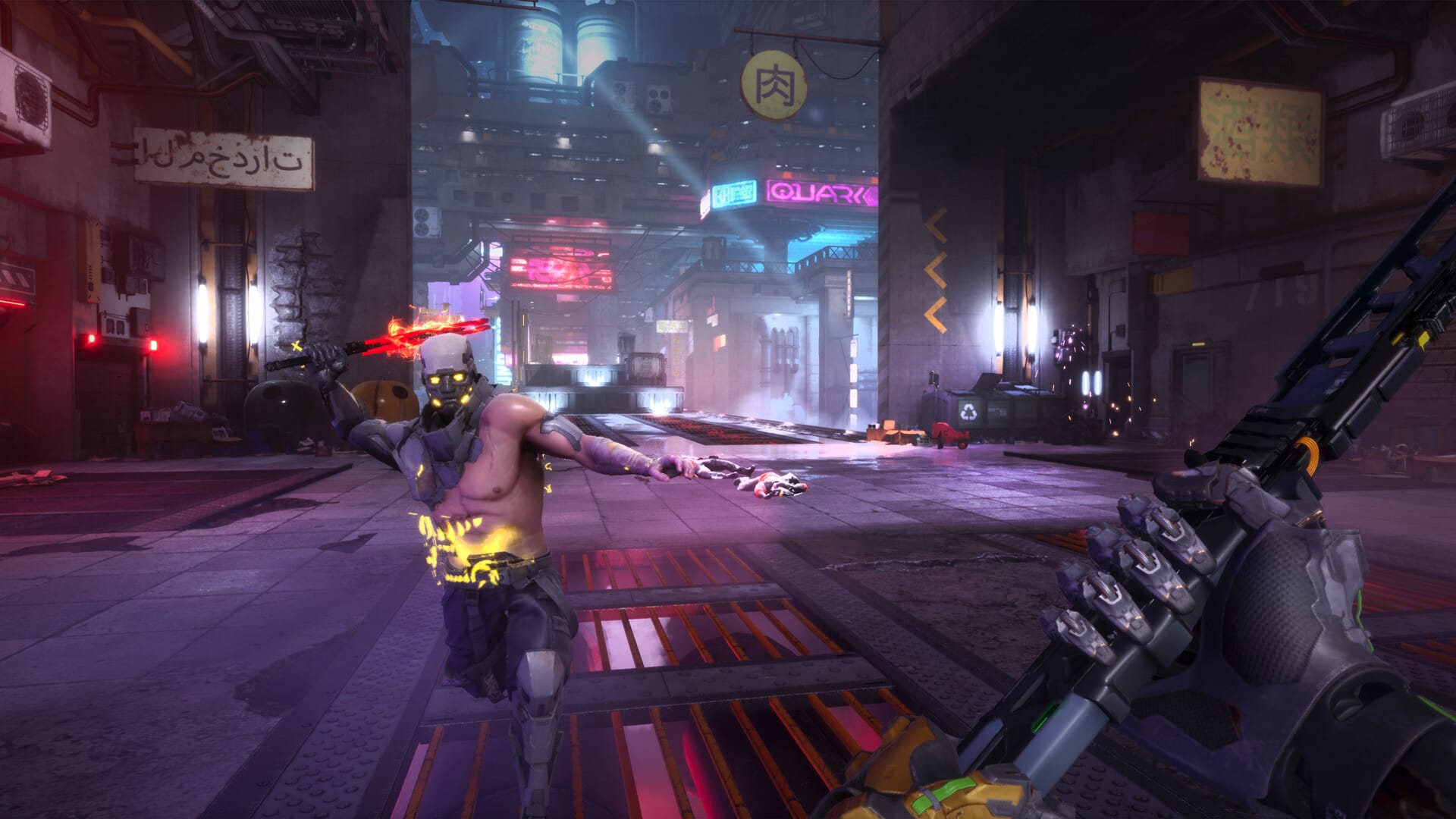
Ghostrunner 2 is a first‑person ballet of blades, wall‑runs, and death loops, honed to a lethal sheen. As cyber‑ninja Jack, you chain grapples, slides, parries, and one‑hit kills across arenas designed like parkour mazes, where momentum is both weapon and puzzle key. New bike sequences, expanded skill trees, and more expressive enemy types heighten the sequel’s flow state, letting you tailor routes or experiment with flashy solutions. Restart speed is instant, making failure part of the rhythm rather than a punishment. Boss fights feel like choreography learned under fire, rewarding boldness and clean inputs. It’s bracing, beautiful, and brutally fair—demanding in ways that leave you grinning when the run finally clicks. If Soulslikes are slow mastery, this is speed mastery, carving perfect lines through neon architecture. Put on headphones, breathe out, and let muscle memory eat the city. Combat toys layer cleverly: throw shurikens to stagger, pop abilities mid‑air, improvise escapes with grapples. Accessibility options tune challenge without dulling reward.
3) Deus Ex: Mankind Divided (2016)
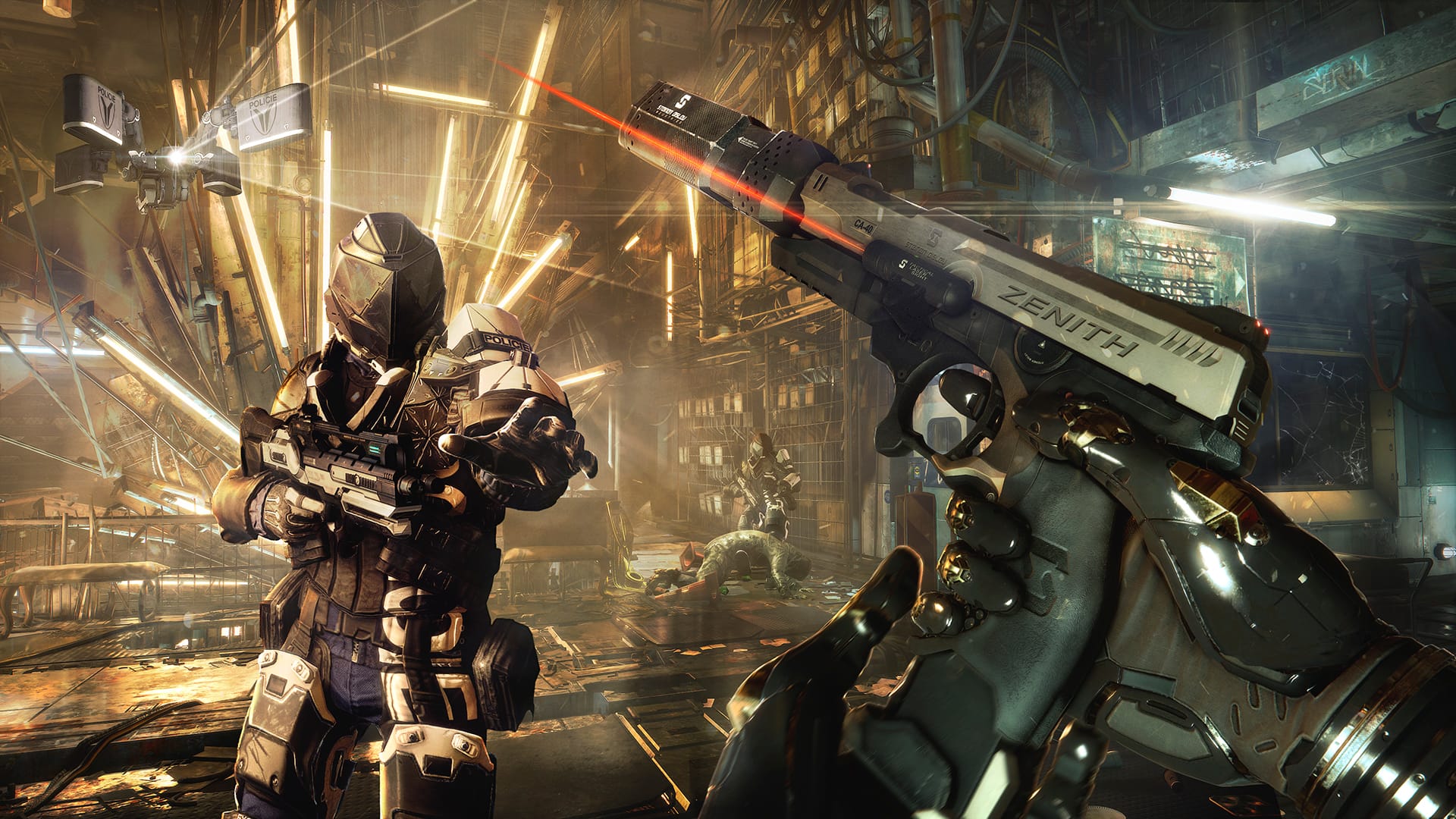
Mankind Divided refines the immersive‑sim formula into a cyberpunk masterclass of choice, consequence, and sneaky competence. As Adam Jensen, you prowl a near‑future Prague where prejudice against augmented people tightens like a vise. Every mission offers layered paths—vent crawls, social engineering, remote hacking, non‑lethal takedowns, or brutal firefights—and augment upgrades meaningfully alter how you approach problems. Prague itself is the star: a hub brimming with side stories about activists, criminals, and ordinary citizens trying to breathe between systems. Side missions often outshine main objectives, forcing tradeoffs that ripple through later moments. Mechanically, it’s generous: options feel viable rather than ornamental, and stealth reads clearly without trivializing patrols. Thematically, it avoids the shallow neon gloss, digging into structural inequality and the compromises of operating within it. If you want cyberpunk that rewards planning, improvisation, and empathy in equal measure, Mankind Divided remains essential. First‑rate sound and level design make apartments, alleys, and vaults feel like solvable machines. Here, intention always matters.
2) Citizen Sleeper 2: Starward Vector (2025)
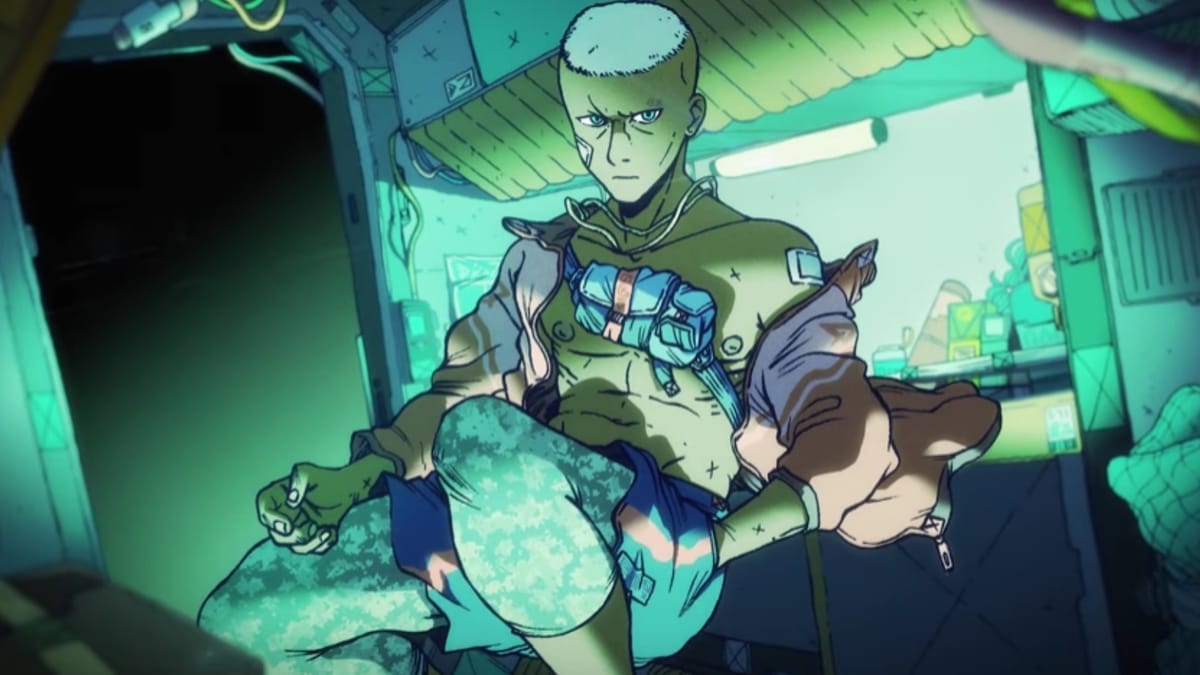
Building on the beloved tabletop‑inspired original, Citizen Sleeper 2: Starward Vector steers its cyberpunk toward living, breathing precarity. Once again you play a digital consciousness in a borrowed body, but now you’re captaining a ship and a found crew, hustling across fringe systems where corporations, cartels, and communities constantly renegotiate survival. Dice‑based actions return as clocks, risks, and drives, turning each cycle into a tense scheduling puzzle of work, care, and ambition. Conversations matter as much as cargo: relationships soften failures, open opportunities, and complicate your ethics. The joy is in the cadence—scraping by, investing in people, then watching small decisions compound into unexpected arcs. It’s cozy, anxious, and stubbornly humane, a counterpoint to power fantasies without rejecting hope. If the first Citizen Sleeper left you journaling after sessions, Starward Vector looks poised to widen that ritual with star charts, salaries, and hard‑won belonging. Plan routes, balance fuel and time, and accept that every victory remains provisional. For now, anyway.
1) Cyberpunk 2077 (2020)
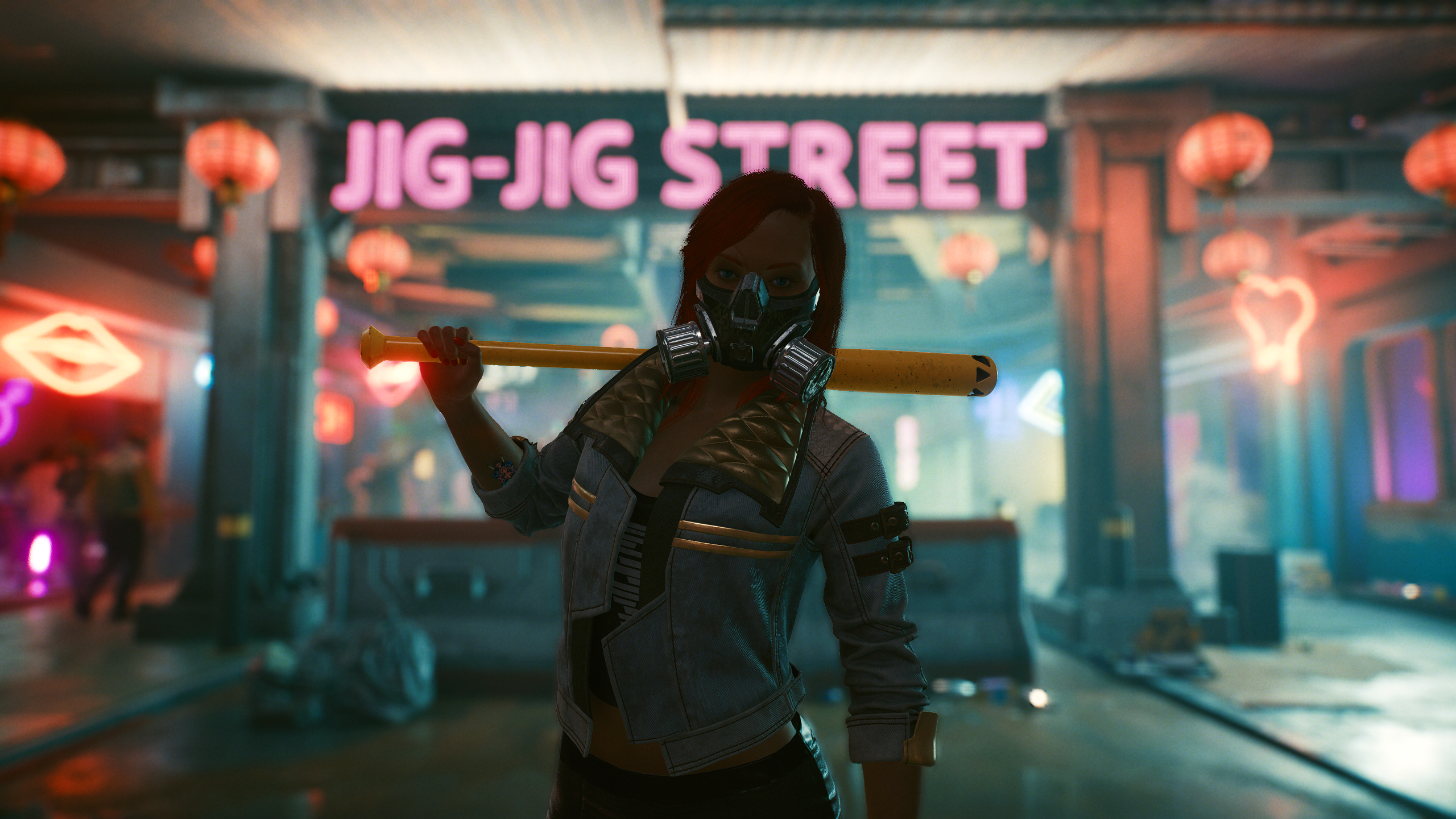
Played today, Cyberpunk 2077 is the definitive neon opus: a sprawling RPG whose systems finally match its worldbuilding. Night City is more than backdrop—it’s a social machine of fixers, gangs, cops, and hustlers that constantly tempts you off the main road. Gunplay, stealth, and hacking interlock cleanly; builds can skew netrunner, blade dancer, smart‑gun turret, or quick‑swap hybrid without collapsing. Side quests carry the studio’s best writing, mixing intimate character studies with sharp critiques of corporate cruelty and civic failure. Vehicle chases, gig chains, and emergent street brawls stitch exploration with momentum. Crucially, choices breathe; loyalties shift, endings reframe, and small kindnesses sometimes echo louder than bullets. In 2025, it stands as a showcase for high‑end PCs and current consoles, but more importantly, a world worth inhabiting. If you’ve been waiting for the “right time” to dive in, it’s now—bring curiosity, and lose yourself between the glow and the gutters. Photomode and gigs alone can devour entire joyful weekends. Whole.





